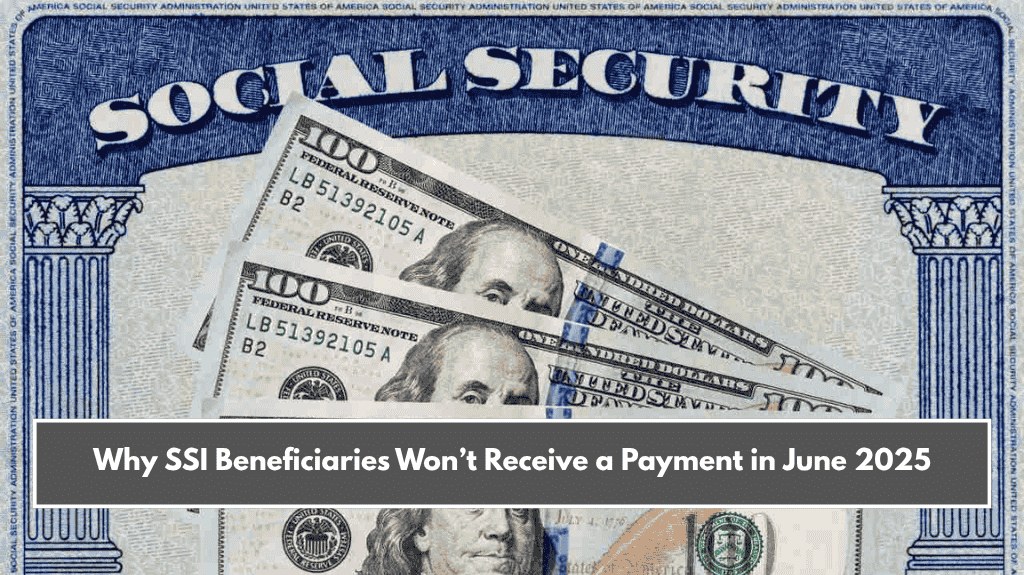If you receive Supplemental Security Income (SSI) payments in the U.S., it’s important to know that in some months of 2025, you won’t see a payment on the first day as usual. But don’t worry—your payment hasn’t stopped or been canceled.
The Social Security Administration (SSA) simply sends payments earlier when the first of the month falls on a weekend or holiday. This way, you get your money on time without any delay caused by the calendar.
Months Without SSI Payments on the First Day in 2025
For example, June 1, 2025, is a Sunday, and SSA offices don’t process payments on weekends. So instead of waiting until Sunday, your June payment was sent early on Friday, May 30. That means no new deposit will arrive in June because you already got it at the end of May.
This system of advancing payments means there are certain months when you won’t receive a fresh payment on the first day, but you have already been paid earlier.
Here are the months in 2025 when this happens:
- January: Payment came early on December 31, 2024
- March: Payment was sent on February 28
- June: Payment arrived on May 30
- September: Payment came on August 29
- November: Payment was made on October 31
- January 2026: The first payment for 2026 will come on December 31, 2025
Even if you don’t see a payment on the first day of these months, rest assured you will receive all 12 payments by the end of the year. The only difference is the payment date shifts to avoid weekends or holidays. It’s important to plan accordingly so you’re not caught off guard.

How Much SSI Will You Receive in 2025?
Good news: SSI federal maximum payment amounts increased by 2.5% in 2025 due to the cost-of-living adjustment (COLA). Starting January 2025, these are the new maximum monthly amounts:
- Individual: Up to $967 per month
- Couple: Up to $1,450 per month
- Essential Person (someone caring for a beneficiary): Up to $484 per month
Keep in mind, these are federal maximums. The actual amount you receive depends on your income, resources, and living arrangements. Some states also add extra supplements to your federal payment.
To find out your exact payment, check with the Social Security Administration. Their official website offers calculators and detailed information to help you understand your benefits based on your unique situation.















